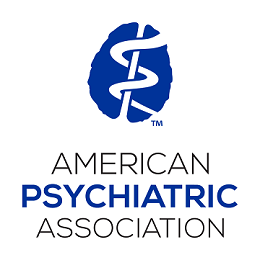
Diagnostic and Statistical Manual of Mental Disorders , Fifth Edition ( DSM-). The individual must be experiencing five or more symptoms during the same 2-week period and at least one of the symptoms should be either (1) depressed mood or (2) loss of interest or pleasure. Depressed mood most of the day, nearly every day. The DSM-Criteria for Major Depressive Disorder diagnoses major depressive disorder ( MDD ). We will list the criteria from the DSM-below and then flesh them out with some commentary.

The specific DSM-criteria for major depressive disorder are outlined below. The diagnostic code for major depressive disorder is based on whether this is a single or recurrent episode, current severity, presence of psychotic features, and remission status. Current severity and psychotic features are only indicated if full criteria are currently met for a major depressive episode. Also, in addition to the symptoms of depression, it is also believed that close to of individuals diagnosed with anxiety disorders also meet the criteria for a depressive disorder. Impaired function: social, occupational, educational.
What is DSM used for? The DSM provides the diagnostic criteria used by doctors for major depressive disorder ( MDD ) and all mental disorder diagnoses. Major depressive disorder is classified as a mood disorder in DSM - 5. The diagnosis hinges on the presence of single or recurrent major depressive episodes. Further qualifiers are used to classify both the episode itself and the course of the disorder. This disorder represents a consolidation of DSM-IV-defined chronic major depressive disorder and dysthymic disorder.
This all-in-one virtual library provides psychiatrists and mental health professionals with key resources for diagnosis, treatment, research, and professional development. Note: These criteria are coded for in fifth digit of the DSM -IV diagnostic code. Can be applied to the most recent. This mood represents a change from the person’s baseline.
Use of these terms is prohibited without permission of the American Psychiatric Association. Significant weight loss or decrease in appetite (more than percent of body weight in a month or failure to meet expected weight gains.) 2. A small wording change has expanded the core mood criterion to include hopelessness, potentially broadening the diagnosis. The 2-week minimum duration for diagnosing MDD has been carried over from DSM-IV to DSM-5. ICD-9-CM conversion, index and annotation crosswalks, DRG grouping and more. Find A Treatment Center Near You.
ICD-10-CM code that can be used to. While most cases received some treatment, a substantial minority did not. Please note that they are presented just for your information. DSM - Category: Depressive Disorders Introduction.
DSM – Fact Sheets Download fact sheets that cover changes in the new edition, updated disorders, and general information about the DSM – 5. The DSM is the book professionals use to identify mental illnesses. This diagnosis is the result of merging Dysthymia and another group of symptoms which was being researched as Chronic Major Depression. While some of these Unspecified Depressive Disorder symptoms may be recognized by family, teachers, legal and medical professionals, and others, only properly trained mental health professionals (psychologists, psychiatrists, professional counselors etc.) can or should even attempt to make a mental health diagnosis.

ICD code used to specify a diagnosis of major depressive disorder, recurrent, unspecified. Any Insurance or No Insurance Ok.
No comments:
Post a Comment
Note: Only a member of this blog may post a comment.